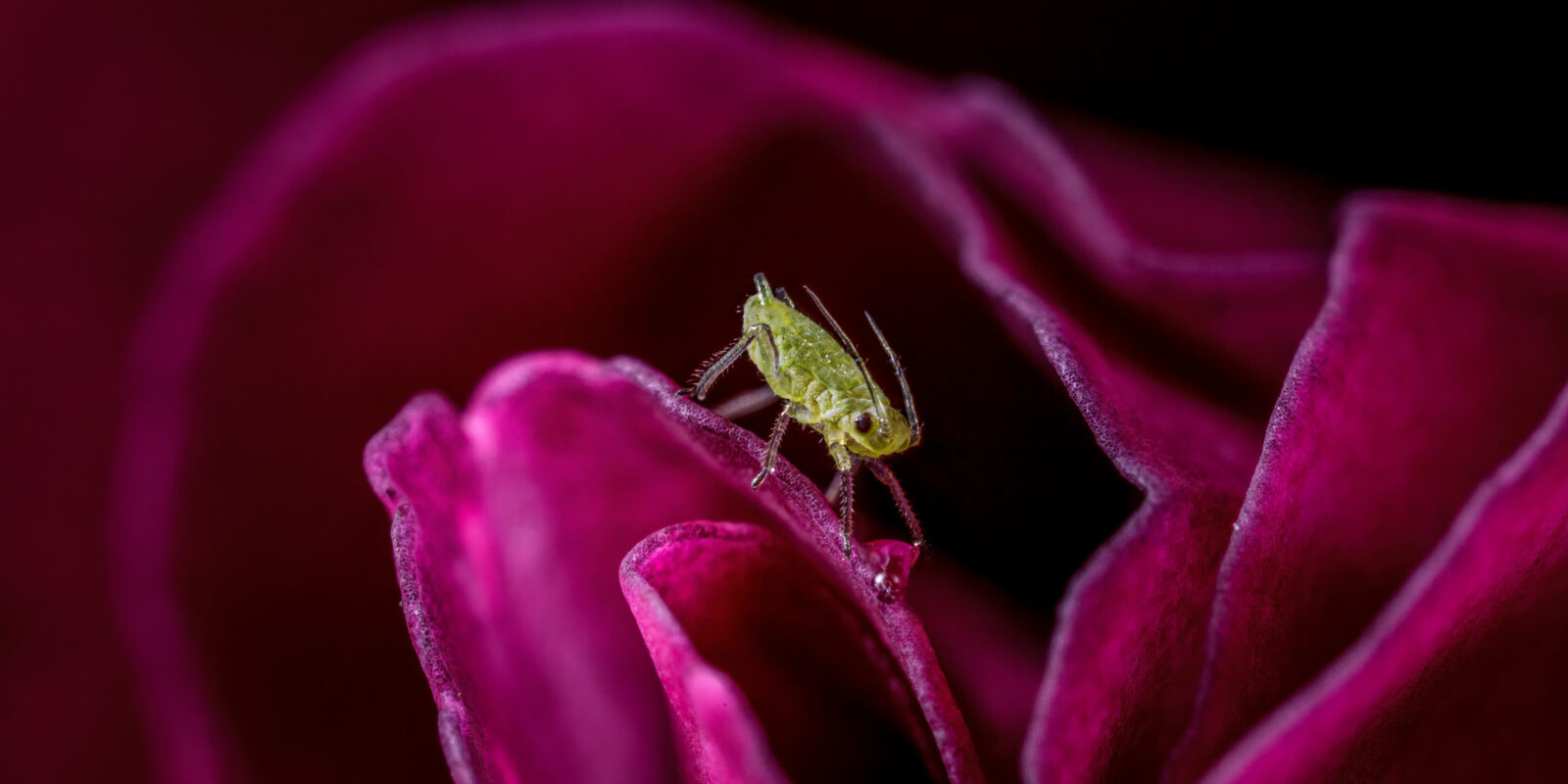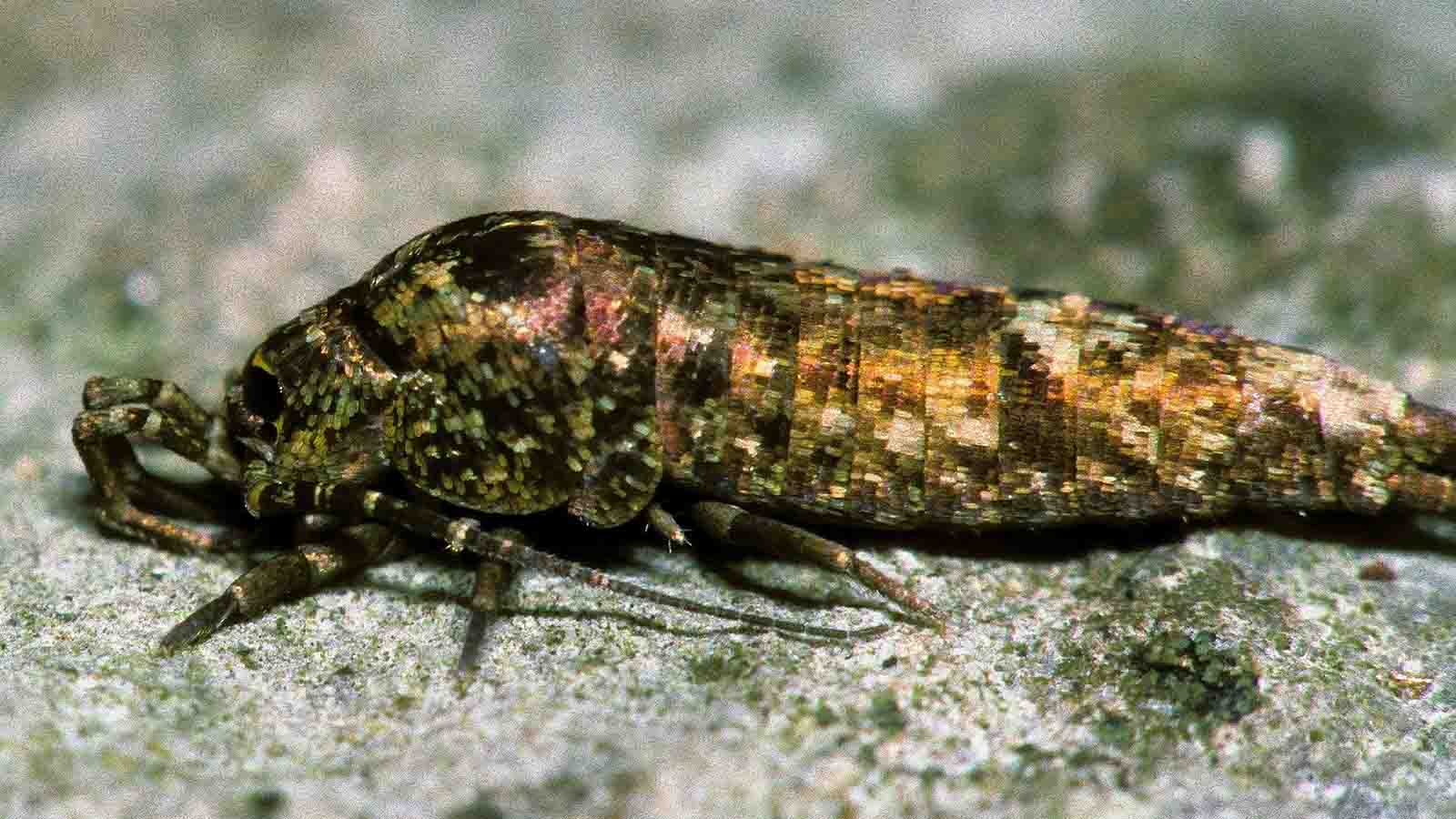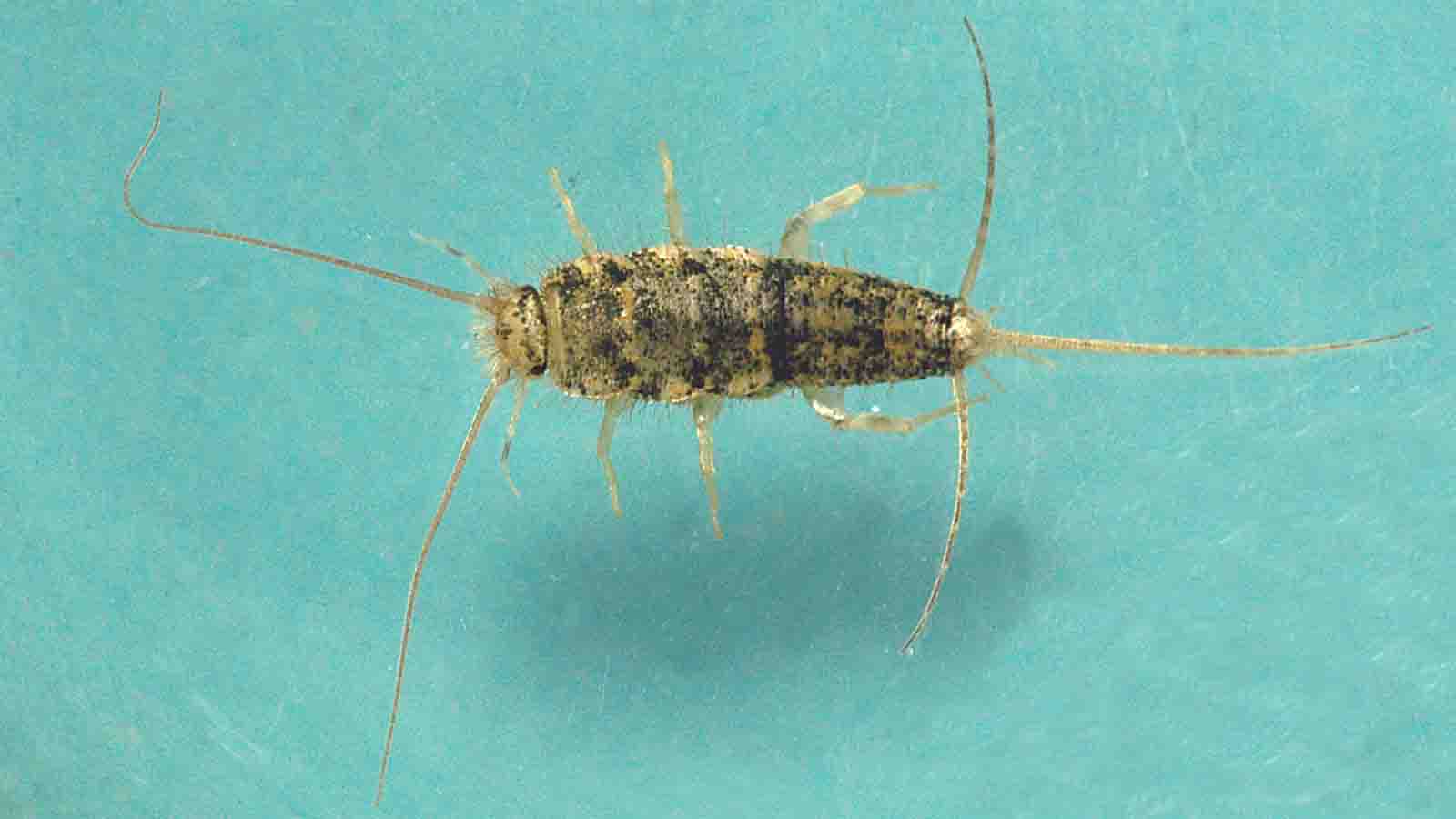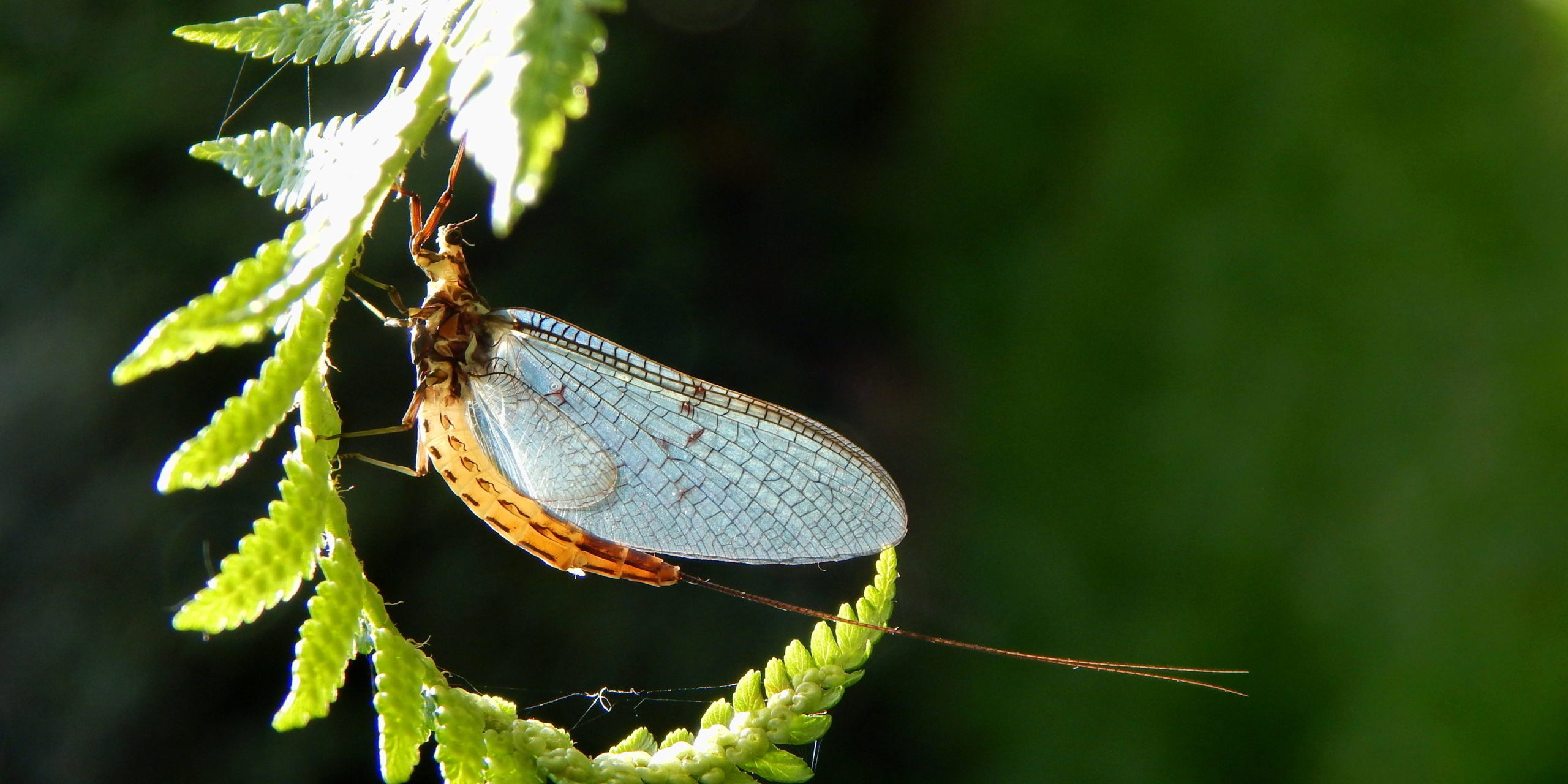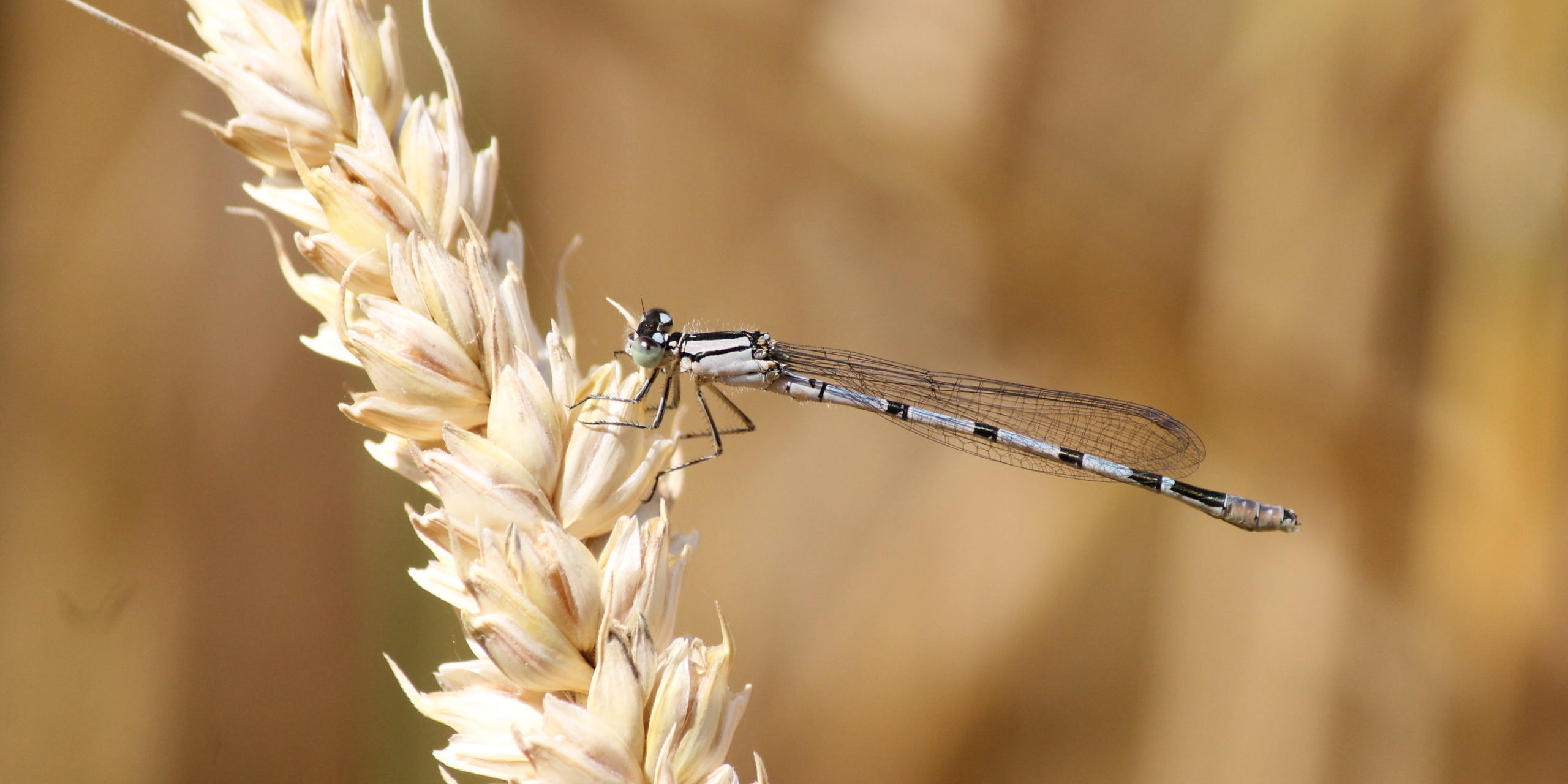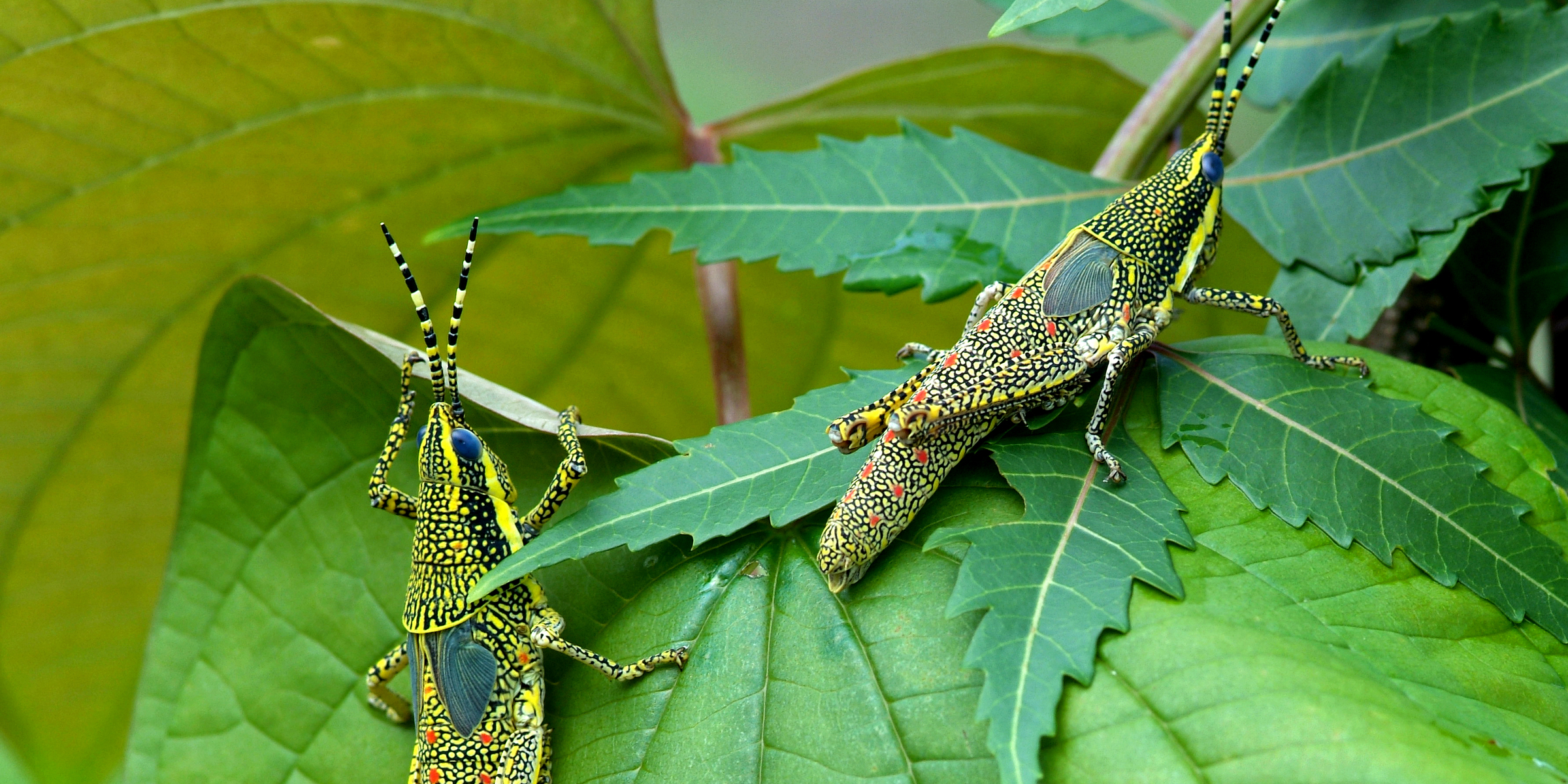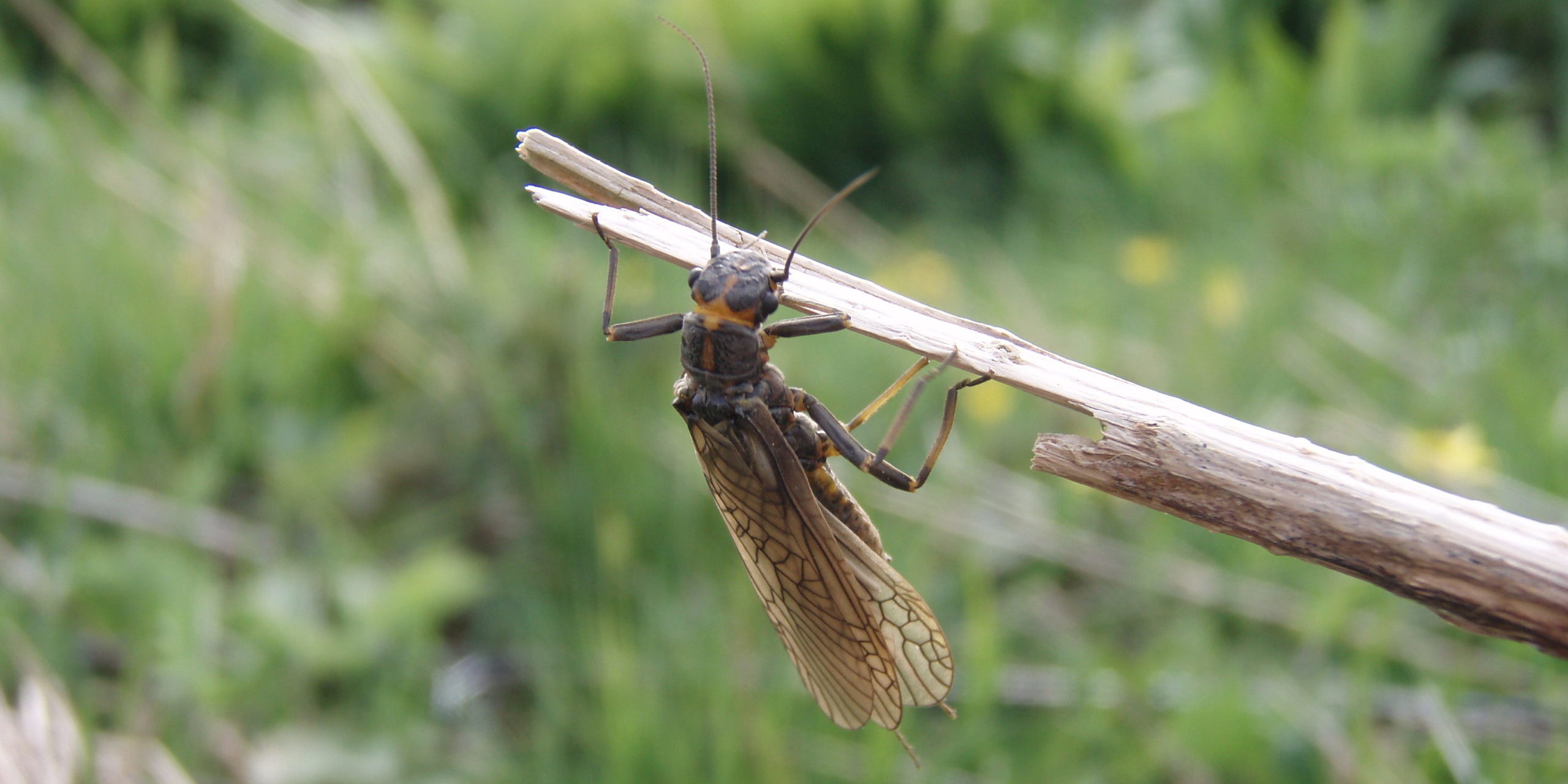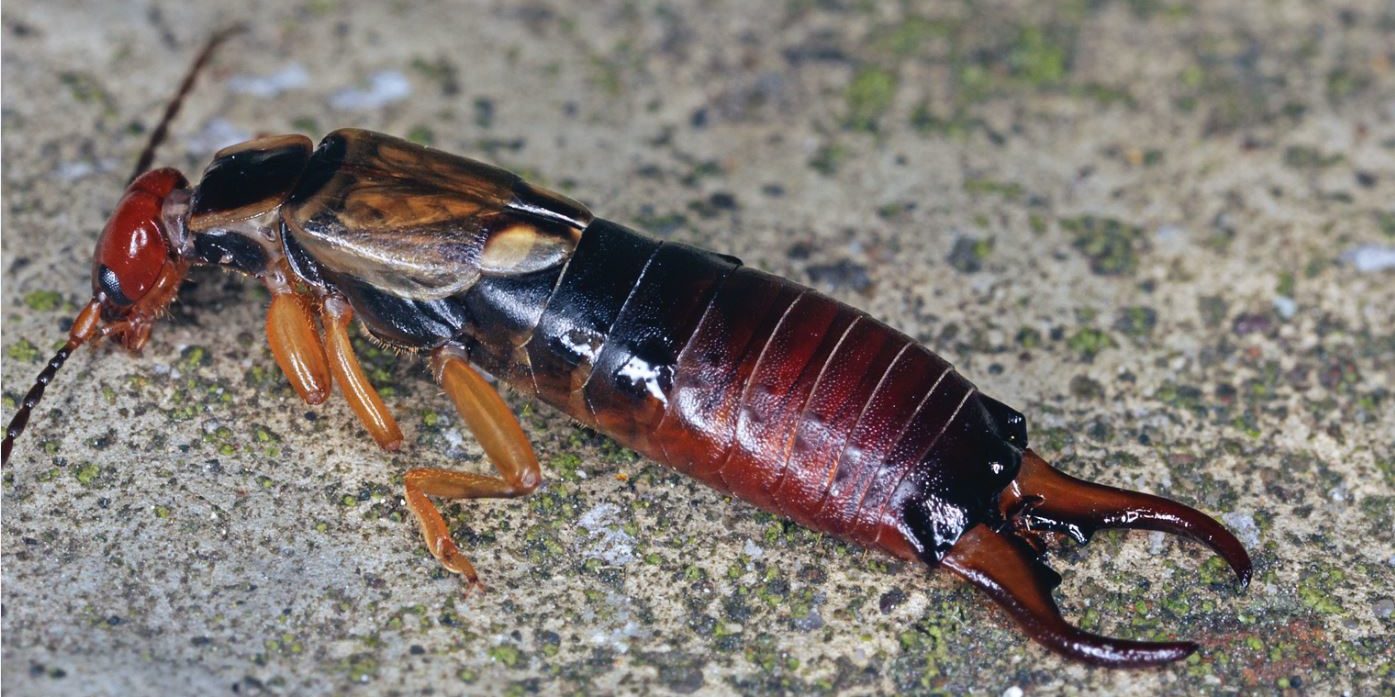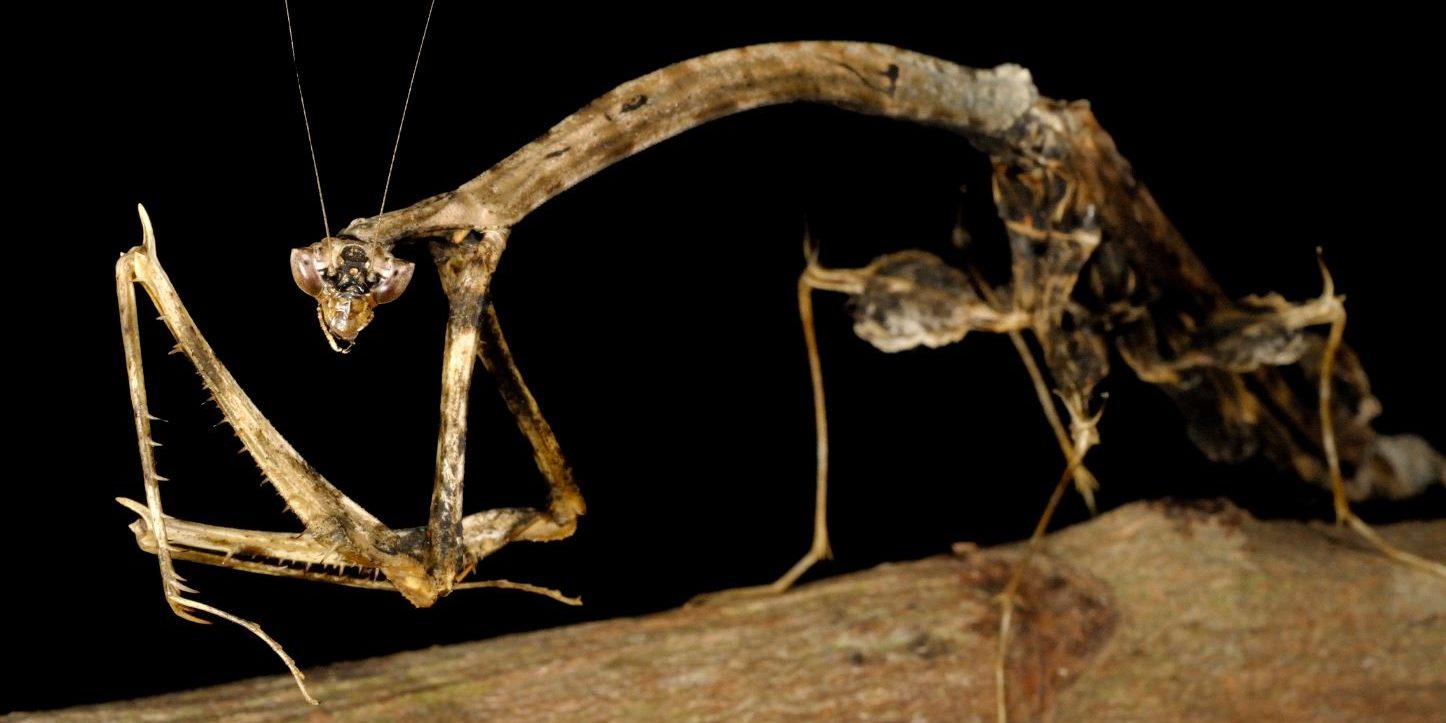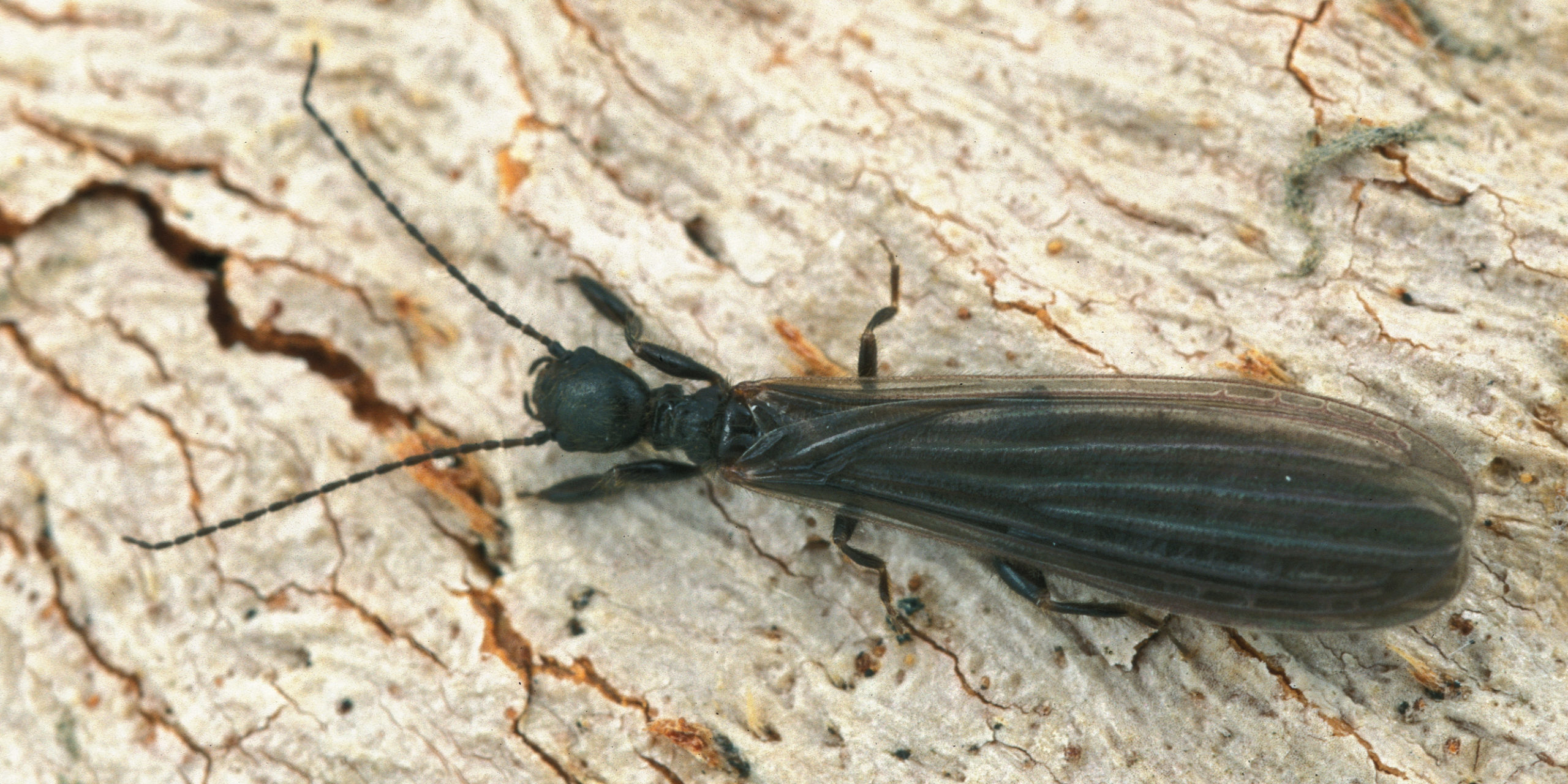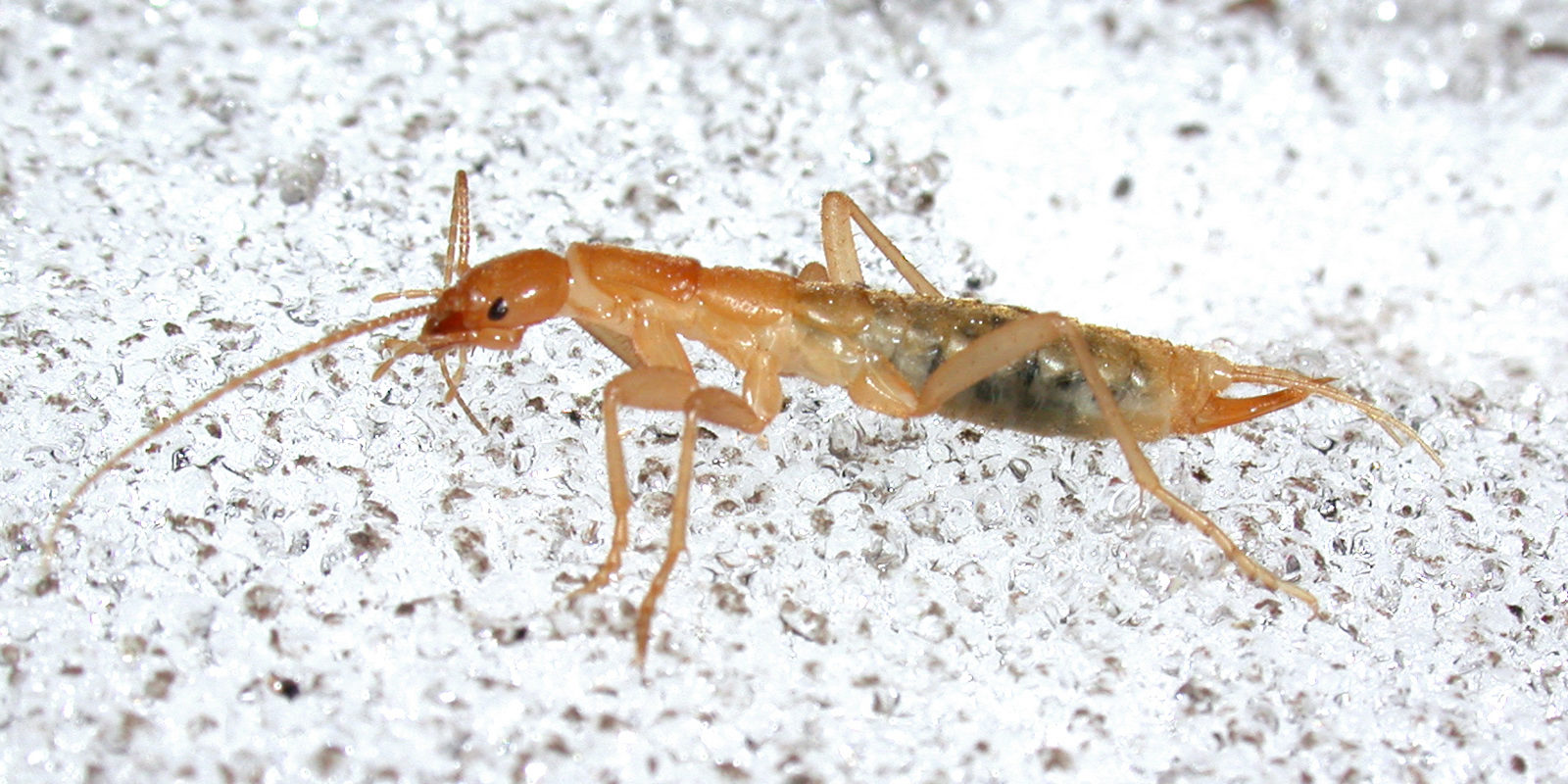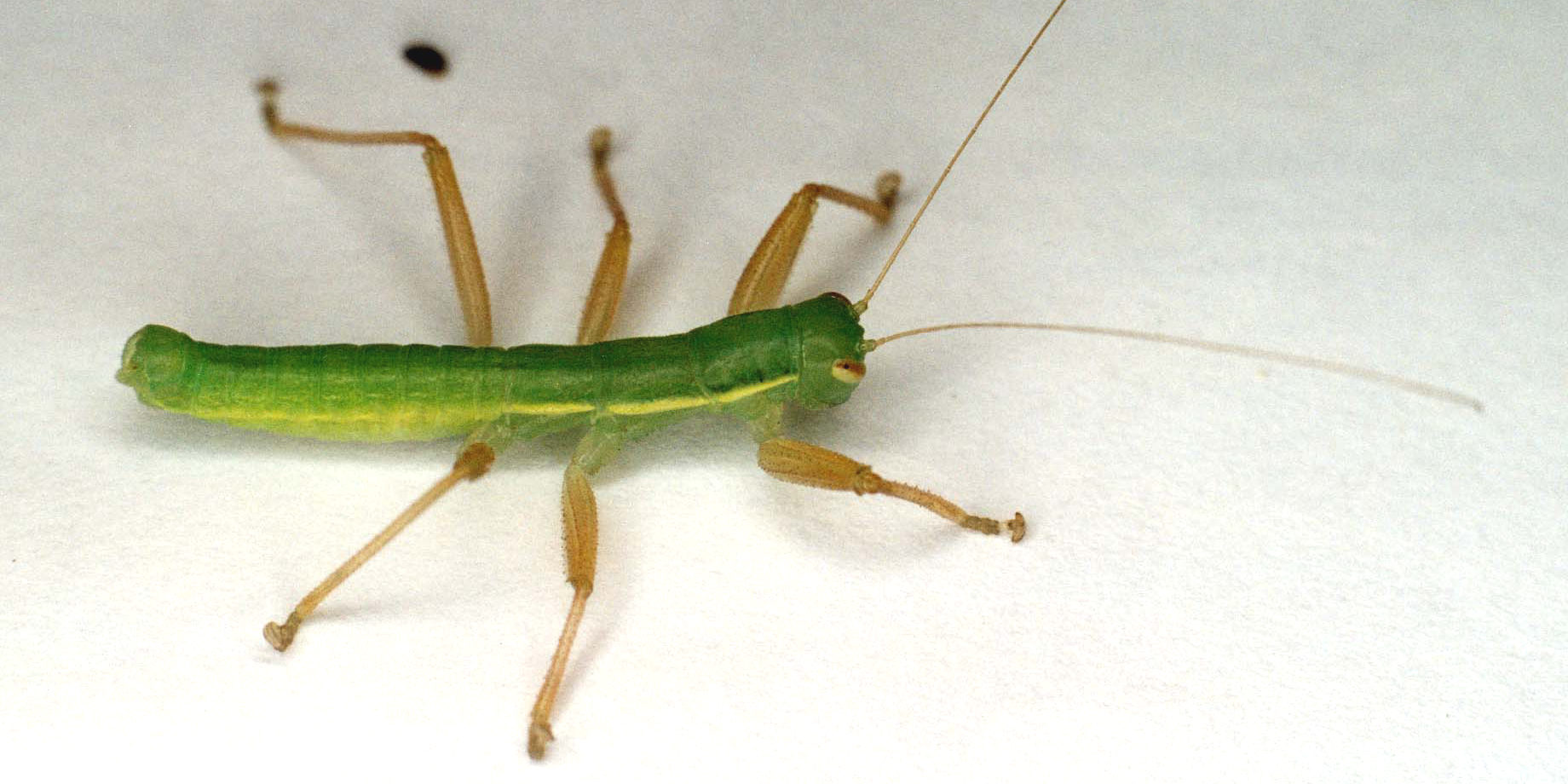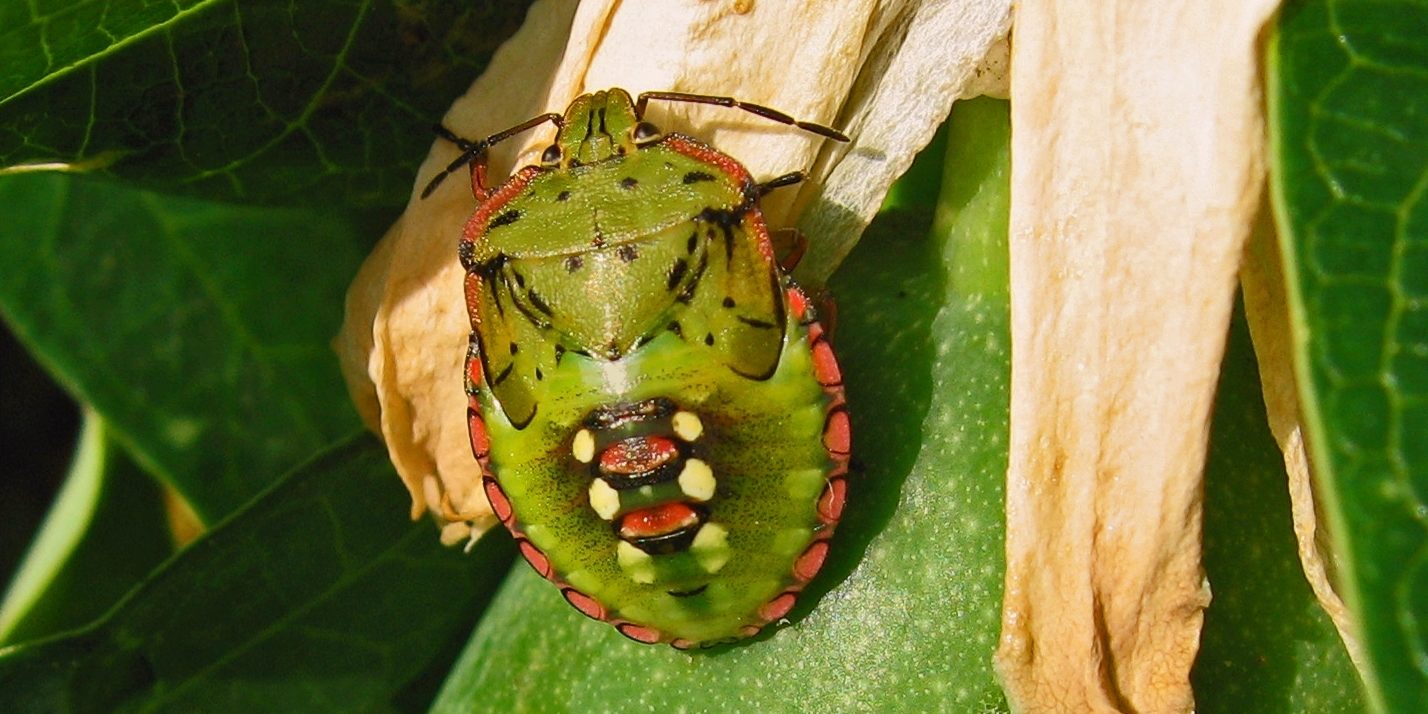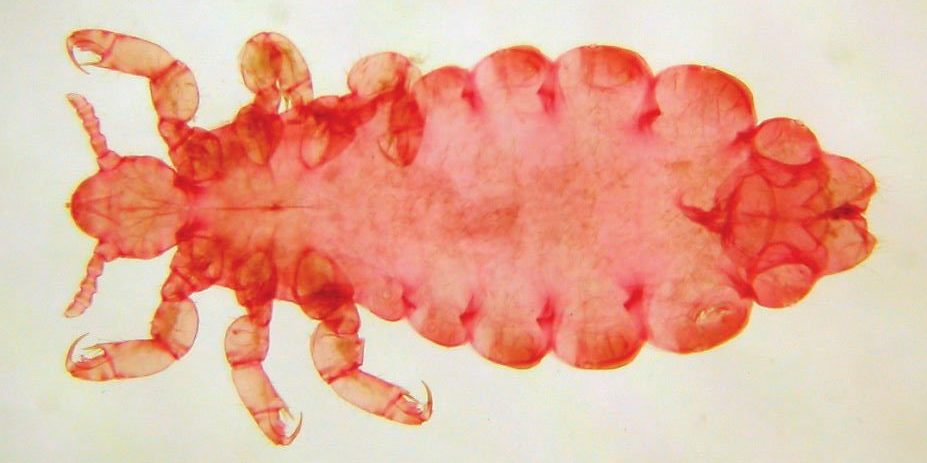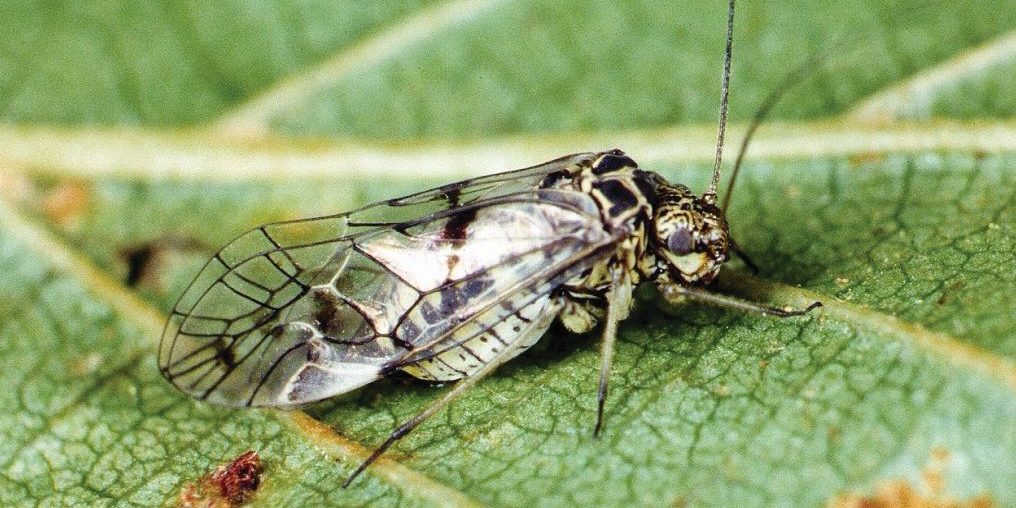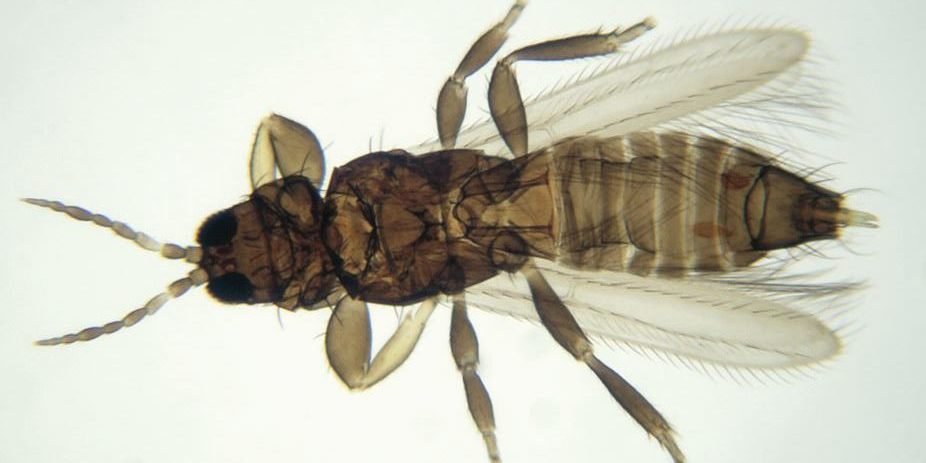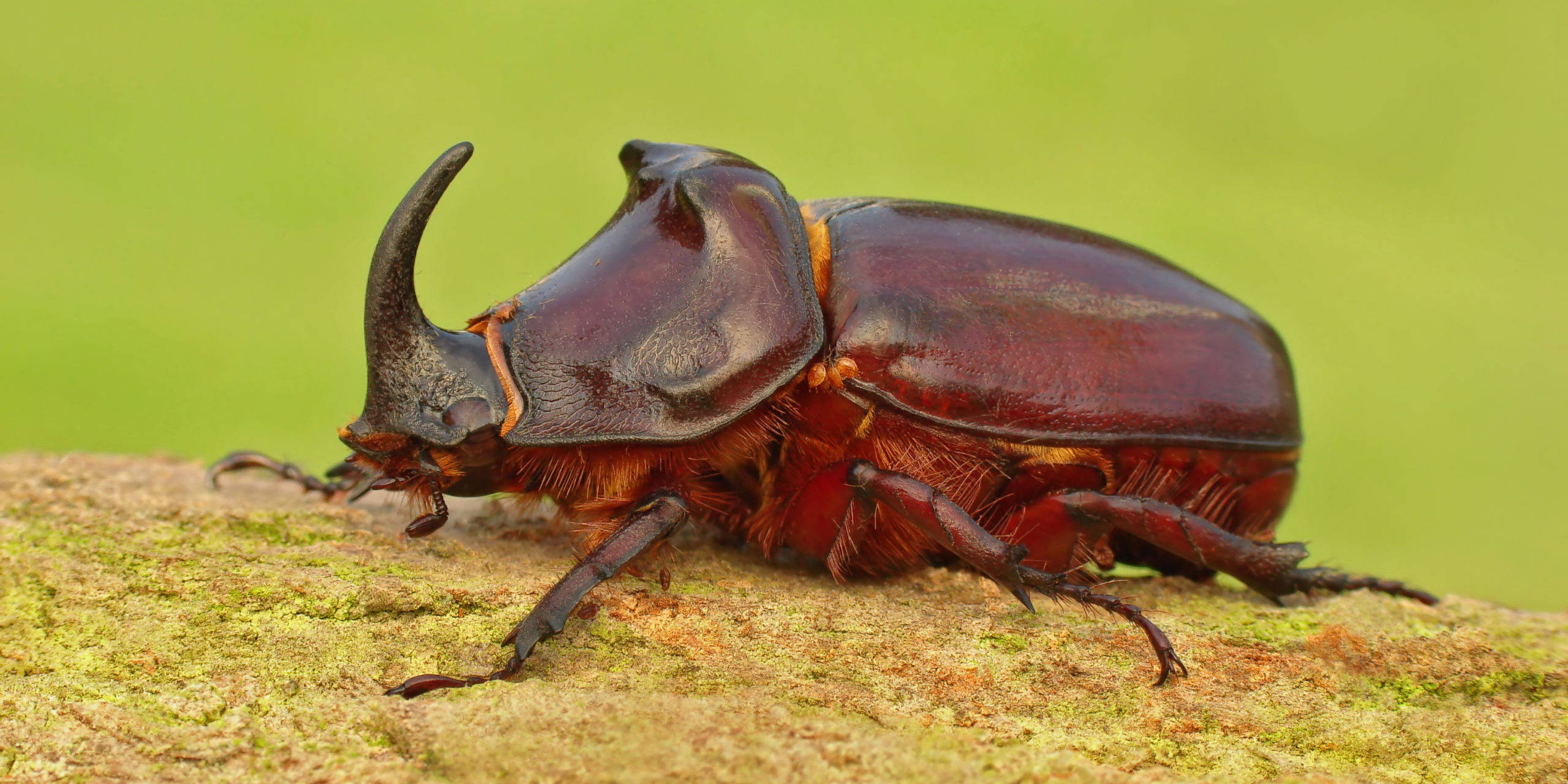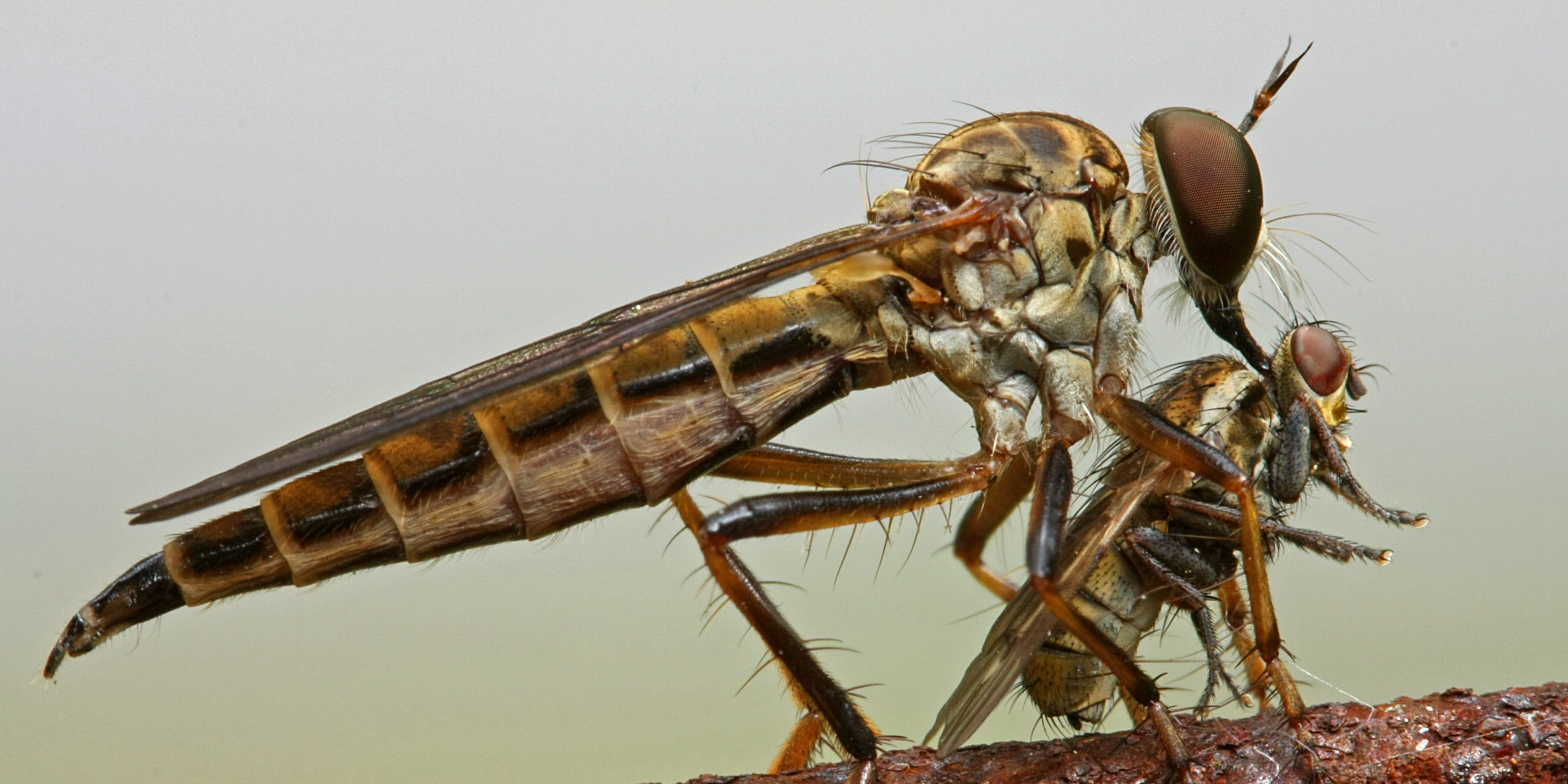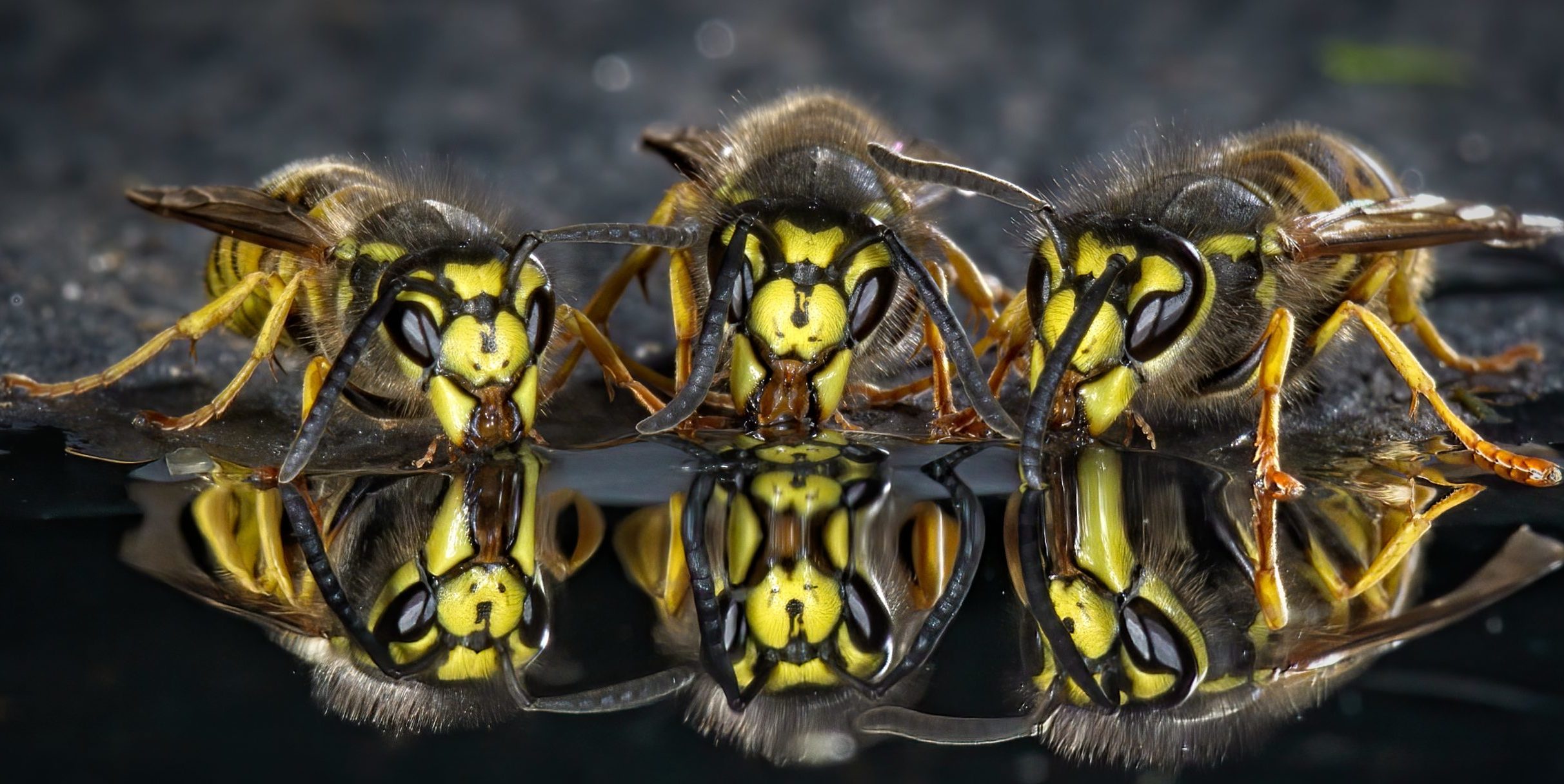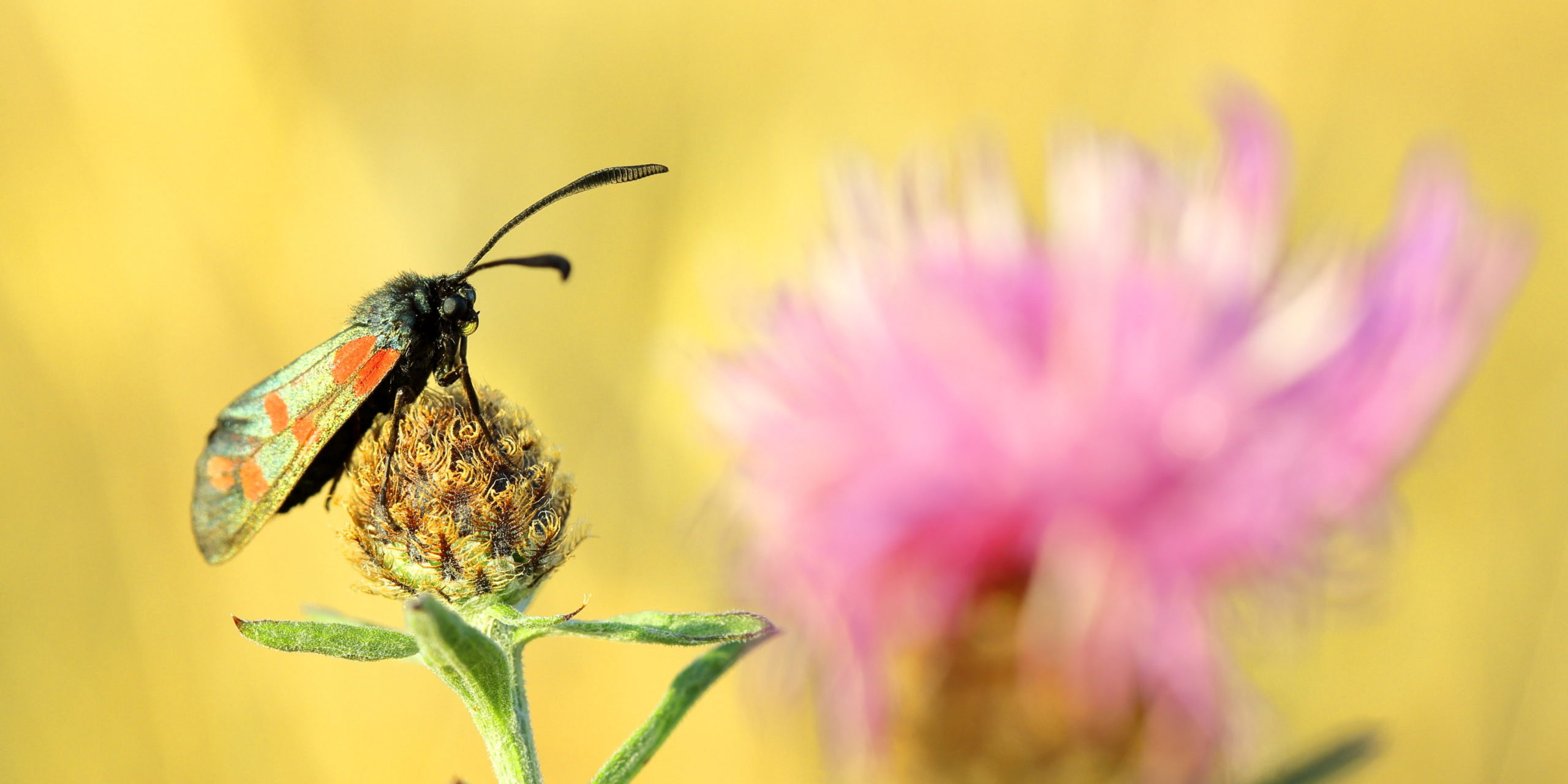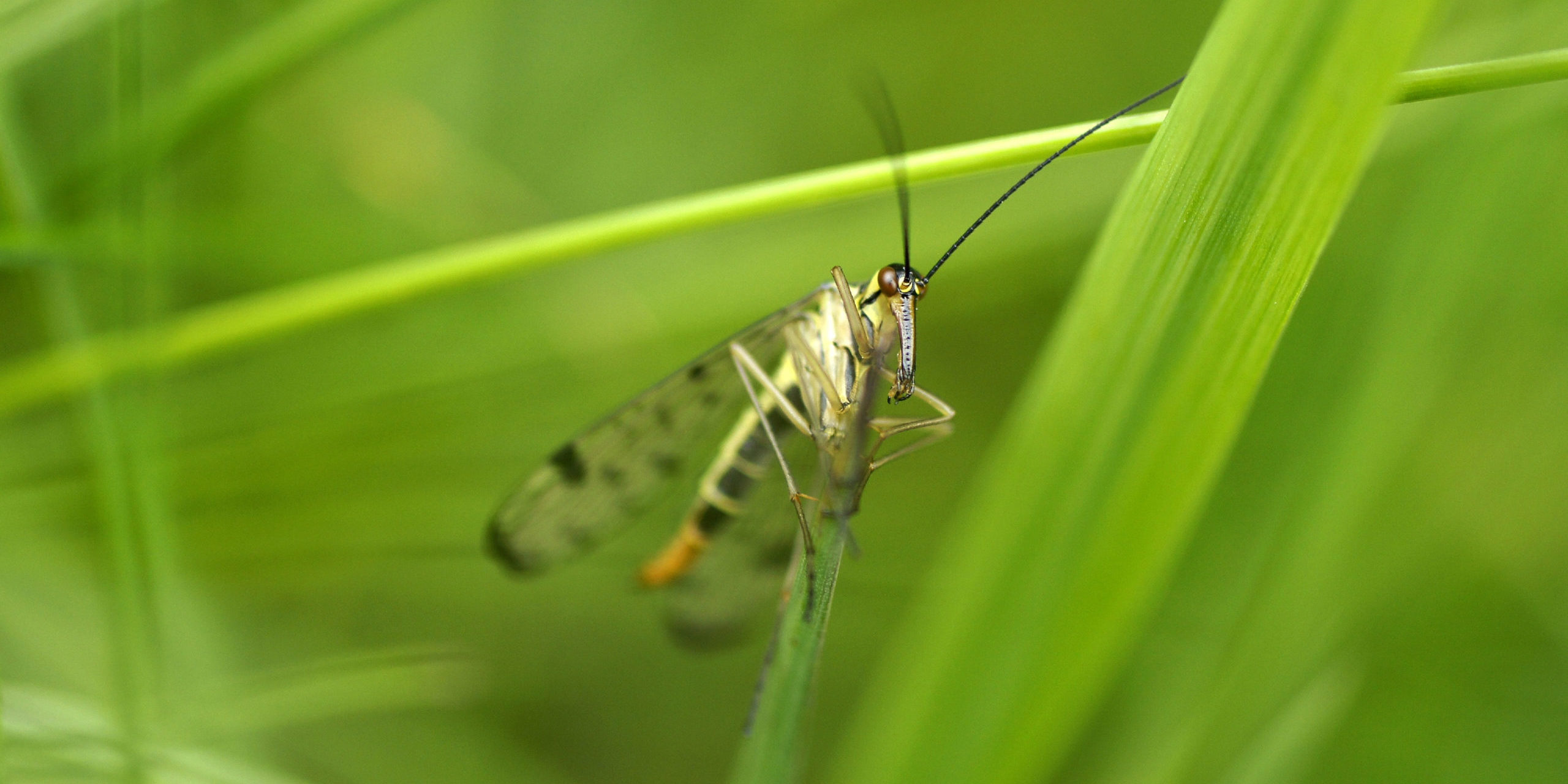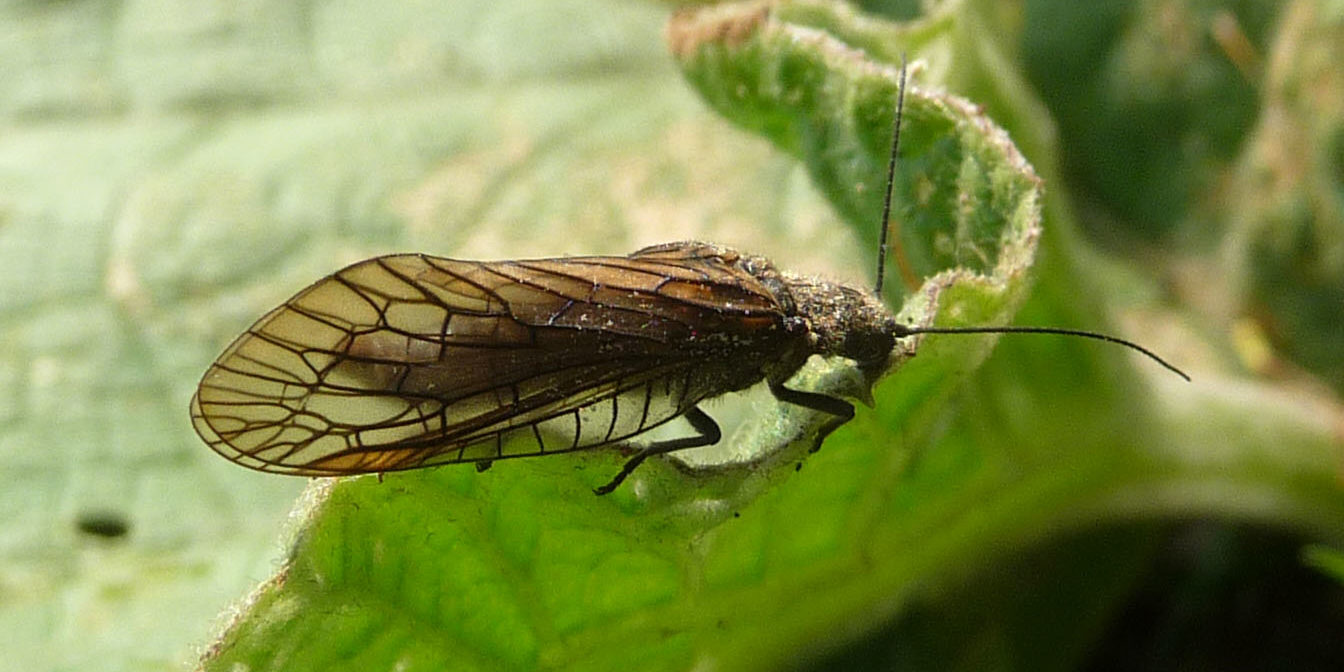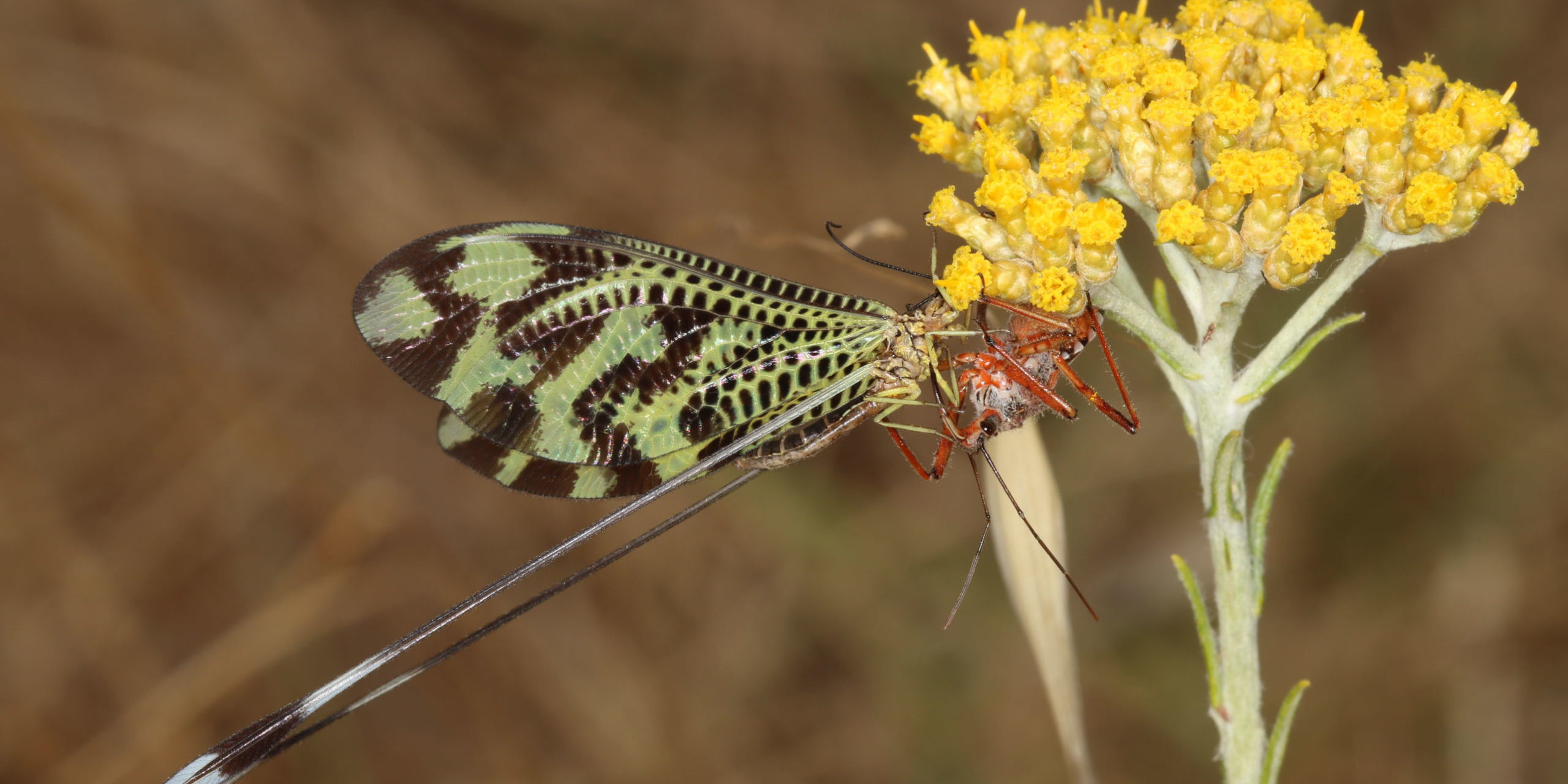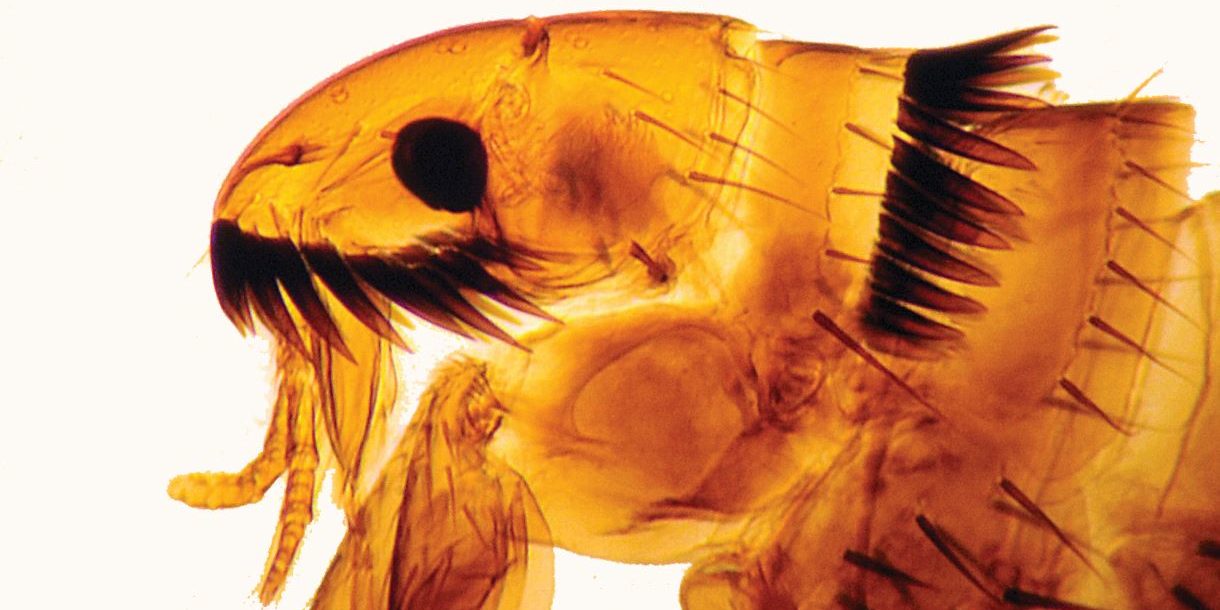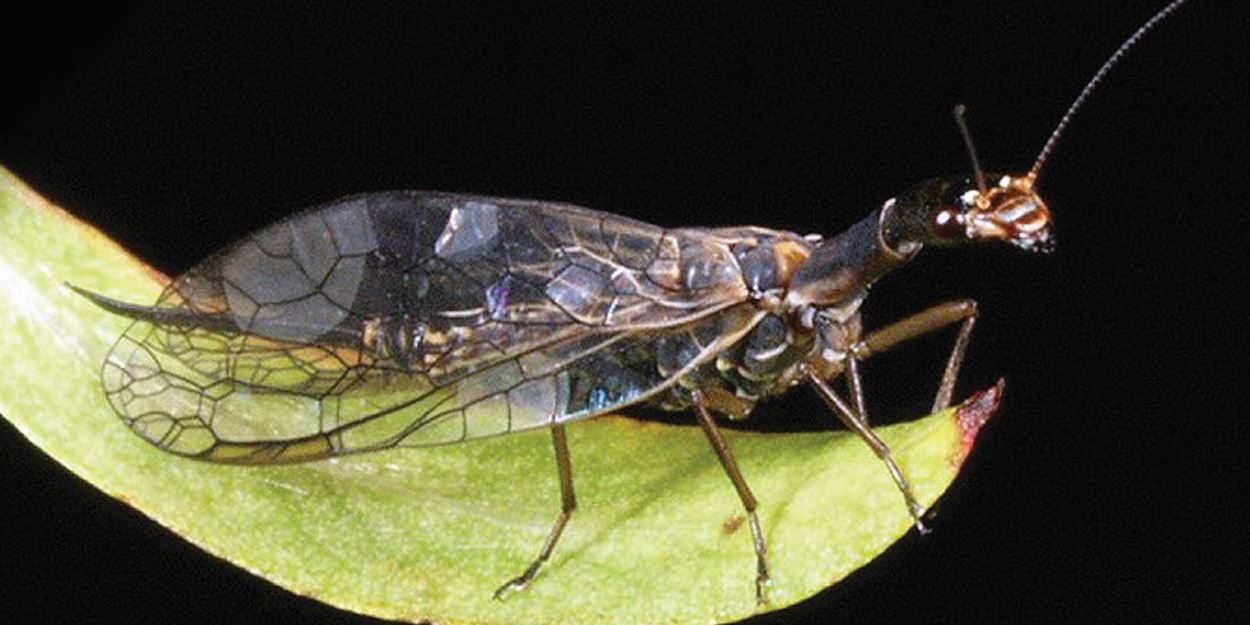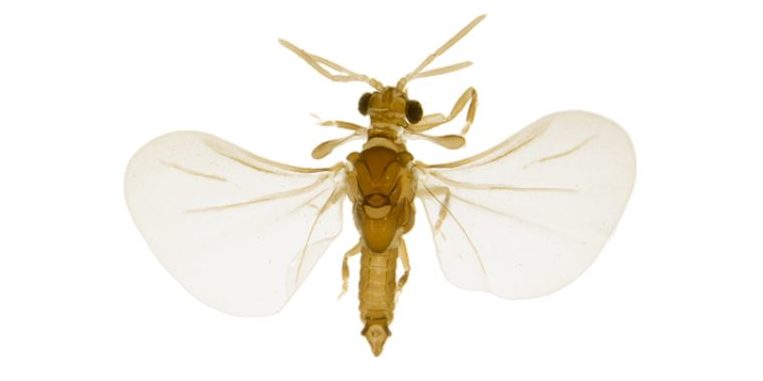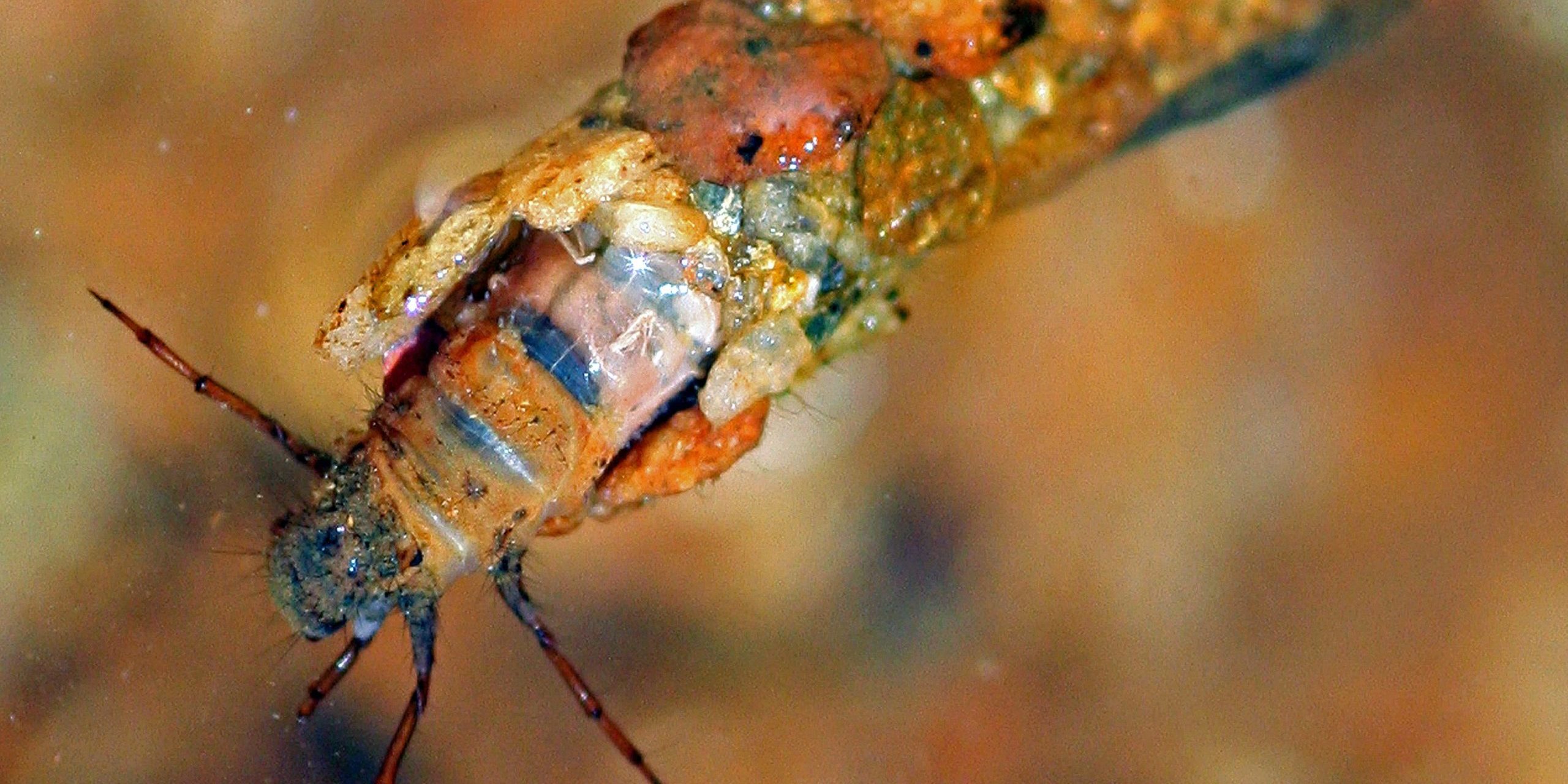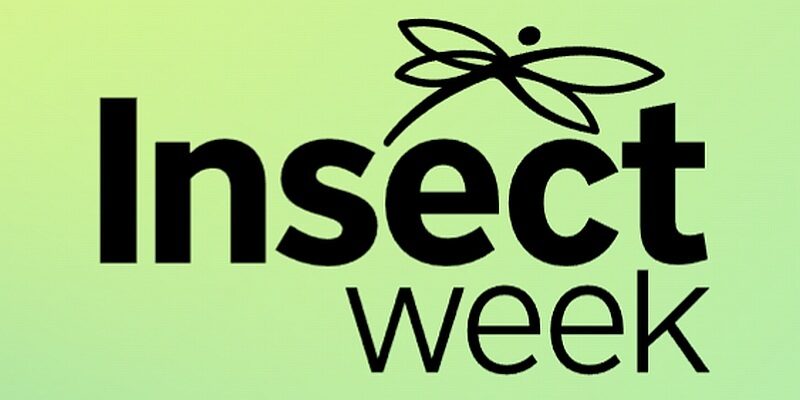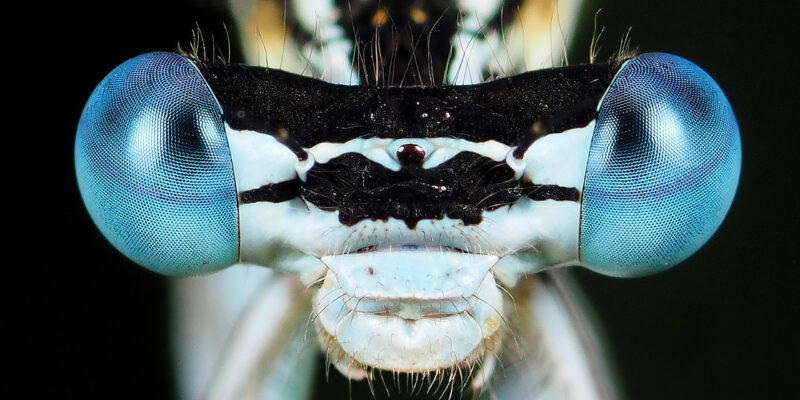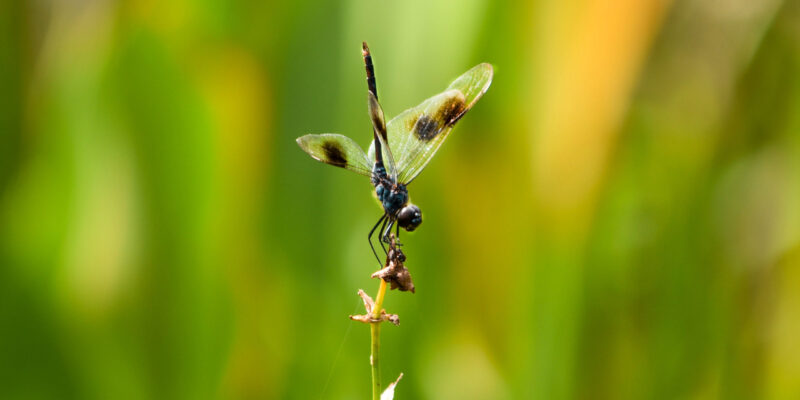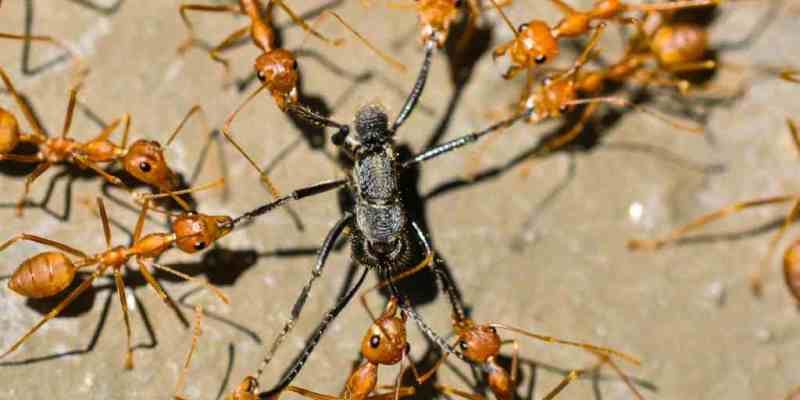There are over 24,000 species of insects in Britain and, globally, well over one million species have been described to date. The classification of insects can be complex but it is very important to group and identify insects so that they can be studied reliably. Insects, like all animals, are classified using a hierarchical system of classification. Here is an example using the marmalade hoverfly, Episyrphus balteatus:
Kingdom: Animalia (all animals)
Phylum: Arthropoda (all arthropods)
Class: Insecta (only the insects)
Order: Diptera (only the true flies)
Family: Syrphidae (only the hoverflies)
Genus: Episyrphus (only a sub-set of the hoverflies)
Species: balteatus
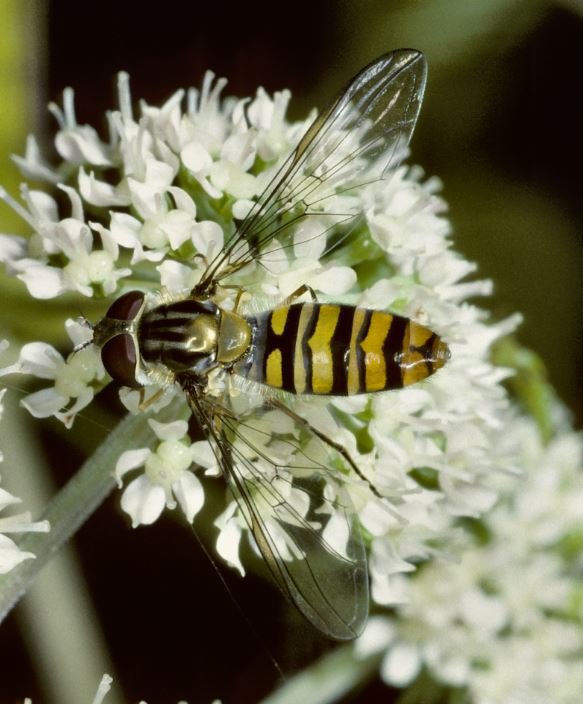
From this hierarchy we derive the scientific name for the marmalade hoverfly – Episyrphus balteatus. This ‘binomial nomenclature’ allows there to be a two-word, universally recognised name for each species, which avoids the confusion that might arise from using a common name in one particular language or from a particular region. Traditionally, the genus and species should be written in italics.
There are also groupings that fit between the traditional ranks of the hierarchy which are often included because they are evolutionarily important. For example, insects in the wider sense constitute the subphylum Hexapoda, which separates the arthropods with six legs from others such as centipedes and spiders. Hexapoda is then divided into two classes: the Entognatha includes primitively wingless hexapods such as springtails, while all the ‘true’ insects are subdivided into five major groups also know as superorders, the Apterygota, Palaeoptera, Polyneoptera, Paraneoptera and Endopterygota. You can explore the world of insect classification from this page and learn about the fascinating groups of insects that can be found in Britain.
More discussion about this classification, with a list of more detailed references, can be found in Peter C. Barnard’s book The Royal Entomological Society Book of British Insects, published by Wiley-Blackwell in 2011, and obtainable from the RES. It also contains detailed information on all the 558 families of British insects.

